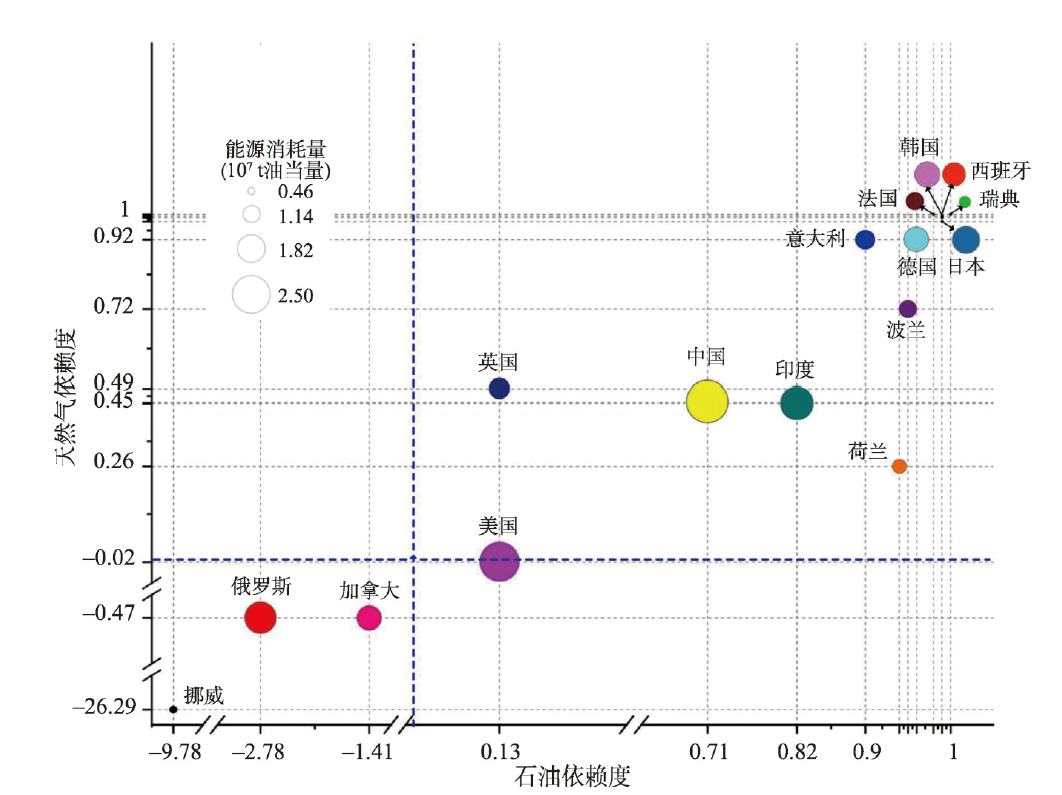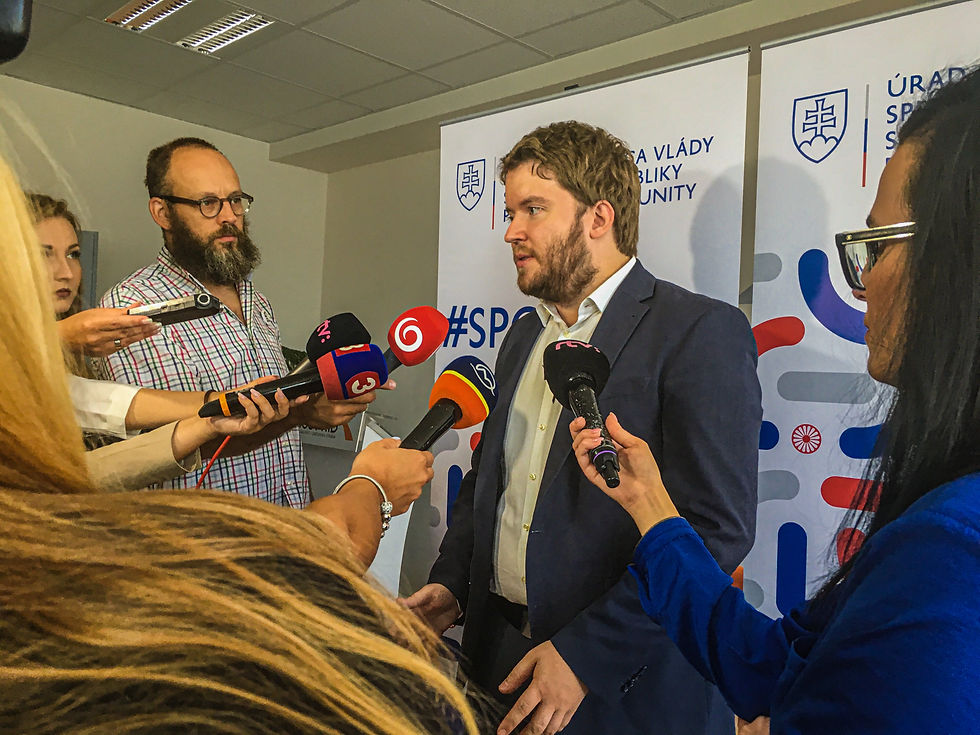The Reawakening Of Putin's Arctic Naval Forces: A Geopolitical Assessment

Table of Contents
Modernization of Russia's Arctic Fleet
Russia's renewed focus on the Arctic is evident in the dramatic modernization of its naval forces operating in the region. This transformation involves significant investments in both new platforms and upgrades to existing assets, enhancing Russia's capabilities in this strategically crucial area.
New Icebreakers and their Strategic Importance
Nuclear-powered icebreakers are not merely vessels for navigating icy waters; they are crucial components of Russia's Arctic military strategy. Classes like the Arktika and Leader icebreakers possess unparalleled capabilities, enabling the year-round access to previously unreachable areas. This has significant implications for:
- Increased navigation capabilities: Opening up new shipping routes, facilitating the transport of military personnel and equipment.
- Support for military bases: Enabling the resupply and maintenance of strategically located Arctic military bases.
- Access to resources: Facilitating exploration and extraction of oil, gas, and other valuable resources in the Arctic.
These capabilities significantly bolster Russia's control over its Arctic territories and enhance its ability to project power in the region. The development of these advanced nuclear icebreakers is a key element of Russia's Arctic military infrastructure development.
Upgrades to Submarines and Surface Vessels
Beyond icebreakers, Russia has undertaken significant upgrades to its Arctic submarines and surface vessels. Modernized submarines, including the improved Borei-class ballistic missile submarines and the Yasen-class attack submarines, are designed for Arctic conditions, possessing enhanced capabilities in ice navigation, improved weaponry (including hypersonic missiles), and advanced surveillance technologies. Similarly, surface combatants are being adapted or newly constructed for operation in icy waters, enhancing Russia's anti-submarine warfare (ASW) capabilities. This includes:
- Enhanced capabilities in ice navigation: Allowing for stealthy deployment and maneuverability in challenging Arctic environments.
- Improved weaponry: Increasing Russia's offensive and defensive capabilities in the Arctic.
- Surveillance technologies: Improving intelligence gathering and monitoring capabilities in the region.
Expansion of Military Infrastructure in the Arctic
The modernization of Putin's Arctic Naval Forces is complemented by a significant expansion of military infrastructure across the Arctic region. This includes the construction of new bases and the upgrading of existing ones, enhancing Russia's ability to project power and maintain a persistent presence.
New and Upgraded Military Bases
Russia has been aggressively constructing and upgrading military bases and airfields across its Arctic territories. These bases are strategically located to enhance surveillance, ensure rapid deployment capabilities, and control vital shipping lanes. Key features of this expansion include:
- Improved logistics: Enhanced supply chains and support networks for military operations.
- Enhanced surveillance: Advanced radar and sensor systems for monitoring activity in the Arctic.
- Rapid deployment capabilities: Improved ability to respond quickly to any potential threats.
This comprehensive expansion of Arctic military bases directly strengthens Russia's grip on the region.
Air and Missile Defense Systems
Protecting its newfound infrastructure and resources, Russia is deploying sophisticated air and missile defense systems throughout the Arctic. These systems are vital in:
- Protection of military bases: Safeguarding crucial assets against potential attacks.
- Deterrence of potential threats: Discouraging aggression from other nations.
- Control of airspace: Maintaining dominance over Arctic airspace.
The deployment of these Arctic air defense and missile defense systems contributes significantly to Russia's overall strategic dominance in the region.
Geopolitical Implications of a Strengthened Arctic Naval Presence
The reawakening of Putin's Arctic Naval Forces has significant geopolitical implications, impacting the competition for resources and creating challenges for NATO and other Arctic nations.
Competition for Arctic Resources
The Arctic holds vast reserves of oil, gas, minerals, and other valuable resources. Russia, with its strengthened Arctic Naval Forces, is well-positioned to secure a significant share of these resources, impacting:
- Economic interests: Securing access to crucial resources for economic growth.
- Energy security: Ensuring a reliable supply of energy resources.
- Resource control: Dominating access to and control over Arctic resources.
This drive for Arctic resources is a significant factor in Russia's Arctic ambitions.
Challenges to NATO and Other Arctic Nations
Russia's assertive actions in the Arctic present significant challenges to NATO and other Arctic nations, including:
- Increased military activity: Raising concerns about potential conflict and escalation.
- Potential for conflict: Increasing the risk of accidental or intentional incidents.
- Geopolitical instability: Creating uncertainty and instability in the region.
These actions necessitate strategic responses from NATO and other Arctic states, including enhanced military presence, diplomatic engagement, and strengthened security cooperation.
Conclusion
The modernization of Putin's Arctic Naval Forces represents a significant shift in the geopolitical landscape of the Arctic. The expansion of military infrastructure and the enhancement of naval capabilities underscore Russia's determination to assert its dominance in the region, driven by its ambitions for Arctic resources and its desire to challenge the influence of NATO and other Arctic nations. The implications for global security are profound, necessitating careful observation and analysis of Russia's activities in the Arctic. We urge readers to continue to monitor developments in this crucial region and stay informed about the future of Putin's Arctic Naval Forces and their impact on international relations. Further research and analysis are crucial to understanding the complexities of this evolving geopolitical situation.

Featured Posts
-
 Demi Moore In Landman Season 2 Addressing Fan Complaints Regarding Casting
May 13, 2025
Demi Moore In Landman Season 2 Addressing Fan Complaints Regarding Casting
May 13, 2025 -
 Keir Starmer Defends Gibraltar Sovereignty A Row Erupts
May 13, 2025
Keir Starmer Defends Gibraltar Sovereignty A Row Erupts
May 13, 2025 -
 Join A Didcot Dog Walk To Support Mental Health Awareness Week
May 13, 2025
Join A Didcot Dog Walk To Support Mental Health Awareness Week
May 13, 2025 -
 Risk Of Pension Law Rejection Grows Following Corruption Case In Colombia
May 13, 2025
Risk Of Pension Law Rejection Grows Following Corruption Case In Colombia
May 13, 2025 -
 April Zaciatok Zberu Dat Pre Novy Atlas Romskych Komunit
May 13, 2025
April Zaciatok Zberu Dat Pre Novy Atlas Romskych Komunit
May 13, 2025
